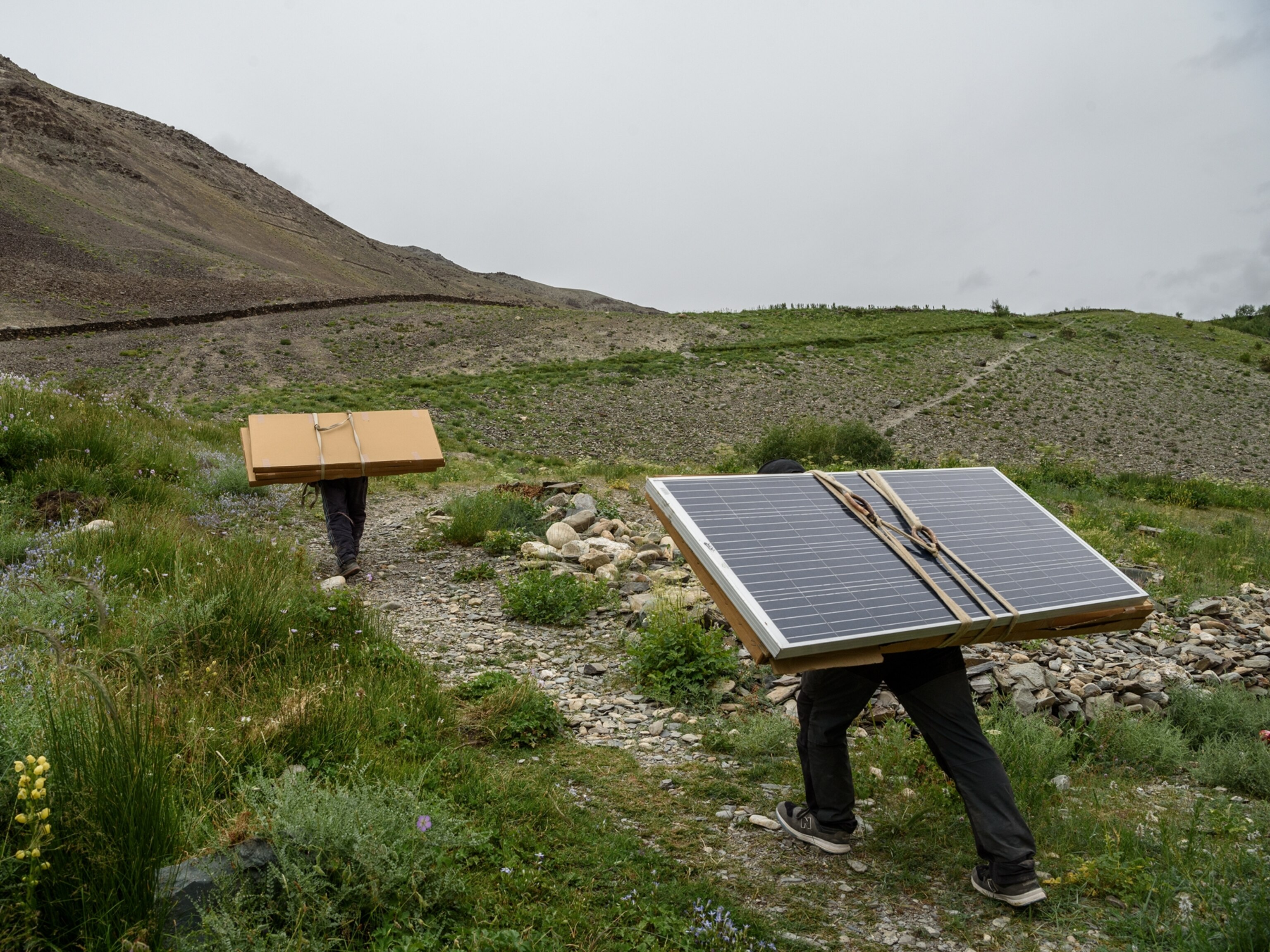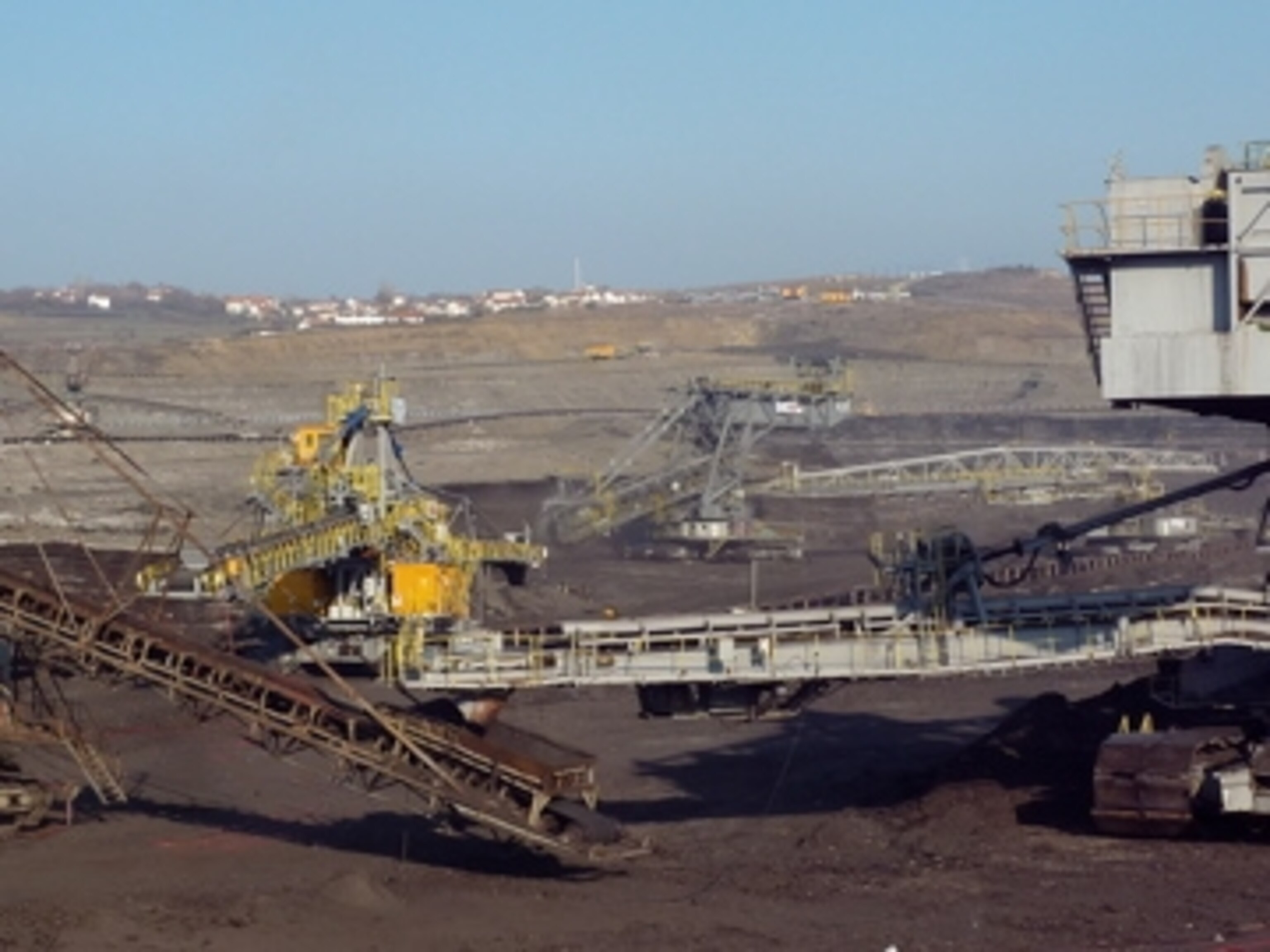In 2013, the World Bank pledged to stop loaning money for new coal energy projects, unless no financially feasible alternatives exist. President Obama has said the same for the United States, in a 2013 speech: “I’m calling for an end of public financing for new coal plants overseas—unless they deploy carbon capture technologies, or there’s no other viable way for the poorest countries to generate electricity.”
In Kosovo a proposed coal-fired power plant has been under discussion for over a decade. The prime funders, ironically, are the World Bank and the U. S. government.
The landscape of energy no longer favors coal. Renewable energy and energy efficiency technologies costs continue to plummet. The World Bank and the U. S. government’s decision to fund this project or not will set a critical precedent for the future of coal financing, making Kosovo the global gatekeeper for new coal projects.
In fact, coal has become an increasingly risky investment in terms of energy, climate, and health. In a recent analysis performed in conjunction with colleagues from the Balkans we have found that the clean energy path is not only better for human and environmental health — it is simply less expensive.

The World Bank and the U.S government now have the opportunity and to set the international energy and climate investment agenda. Distributed renewable energy resources and energy efficiency are simply faster to deploy to meet local needs than the arduous process of building out new centralized coal facilities. Delay on adopting a clean energy policy for the region slows down not only the provision of critically needed energy resources that can spur economic growth, but also the larger process of EU integration, which is a regional priority.
The range of options available to the World Bank to replace an aging coal-fired power plant in Kosovo allows for technological innovation that avoids a one-size fits-all approach. Solar, wind, small-scale hydropower, biomass, and energy efficiency projects can all combine to form a reliable electricity mix and shift the conversation away from single-technology solutions. Not every site may be appropriate for solar, wind, small-scale hydropower or biomass, but winners can emerge based on local conditions. The highly adaptive nature of renewables and energy efficiency investments distributes capital investment risk instead of channeling all resources into coal projects.
New research on the hazards of particulate matter to human health and the environment from low-quality lignite coal intensifies the concern for the current generation of Kosovars. Pollution control technologies that claim “clean” coal are expensive patchwork investments that do not address problems of coal mining, climate change, or ash byproducts. A price on carbon hammers the nail in the coffin. World Bank President Jim Kim has already publicly advocated for the inclusion of a $30/ton carbon shadow price on all proposed World Bank projects. Therefore, it only makes sense that coal, the highest carbon-emitting electricity generation source per kilowatt-hour, becomes the most expensive option among the abundance of low-cost, low-carbon renewables including solar, wind, small-scale hydropower, biomass, and energy efficiency.
The World Bank and the U.S. government face an historic choice and a chance to tip the energy and climate conversation. They can side with the emerging data and studies of clean energy economics to chart a reliable low-cost, and low-carbon pathway to renewable energy and green jobs. Failure to seize the moment would violate the prohibitions on coal projects that each institution has recently pledged. It is time to chart a sustainable path for people in need of energy now.
You May Also Like
Go Further
Animals
- Octopuses have a lot of secrets. Can you guess 8 of them?
- Animals
- Feature
Octopuses have a lot of secrets. Can you guess 8 of them? - This biologist and her rescue dog help protect bears in the AndesThis biologist and her rescue dog help protect bears in the Andes
- An octopus invited this writer into her tank—and her secret worldAn octopus invited this writer into her tank—and her secret world
- Peace-loving bonobos are more aggressive than we thoughtPeace-loving bonobos are more aggressive than we thought
Environment
- This ancient society tried to stop El Niño—with child sacrificeThis ancient society tried to stop El Niño—with child sacrifice
- U.S. plans to clean its drinking water. What does that mean?U.S. plans to clean its drinking water. What does that mean?
- Food systems: supporting the triangle of food security, Video Story
- Paid Content
Food systems: supporting the triangle of food security - Will we ever solve the mystery of the Mima mounds?Will we ever solve the mystery of the Mima mounds?
- Are synthetic diamonds really better for the planet?Are synthetic diamonds really better for the planet?
- This year's cherry blossom peak bloom was a warning signThis year's cherry blossom peak bloom was a warning sign
History & Culture
- Strange clues in a Maya temple reveal a fiery political dramaStrange clues in a Maya temple reveal a fiery political drama
- How technology is revealing secrets in these ancient scrollsHow technology is revealing secrets in these ancient scrolls
- Pilgrimages aren’t just spiritual anymore. They’re a workout.Pilgrimages aren’t just spiritual anymore. They’re a workout.
- This ancient society tried to stop El Niño—with child sacrificeThis ancient society tried to stop El Niño—with child sacrifice
- This ancient cure was just revived in a lab. Does it work?This ancient cure was just revived in a lab. Does it work?
- See how ancient Indigenous artists left their markSee how ancient Indigenous artists left their mark
Science
- This 80-foot-long sea monster was the killer whale of its timeThis 80-foot-long sea monster was the killer whale of its time
- Every 80 years, this star appears in the sky—and it’s almost timeEvery 80 years, this star appears in the sky—and it’s almost time
- How do you create your own ‘Blue Zone’? Here are 6 tipsHow do you create your own ‘Blue Zone’? Here are 6 tips
- Why outdoor adventure is important for women as they ageWhy outdoor adventure is important for women as they age
Travel
- Slow-roasted meats and fluffy dumplings in the Czech capitalSlow-roasted meats and fluffy dumplings in the Czech capital
- Want to travel like a local? Sleep in a Mongolian yurt or an Amish farmhouseWant to travel like a local? Sleep in a Mongolian yurt or an Amish farmhouse
- Sharing culinary traditions in the orchard-filled highlands of JordanSharing culinary traditions in the orchard-filled highlands of Jordan





